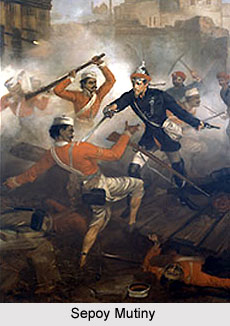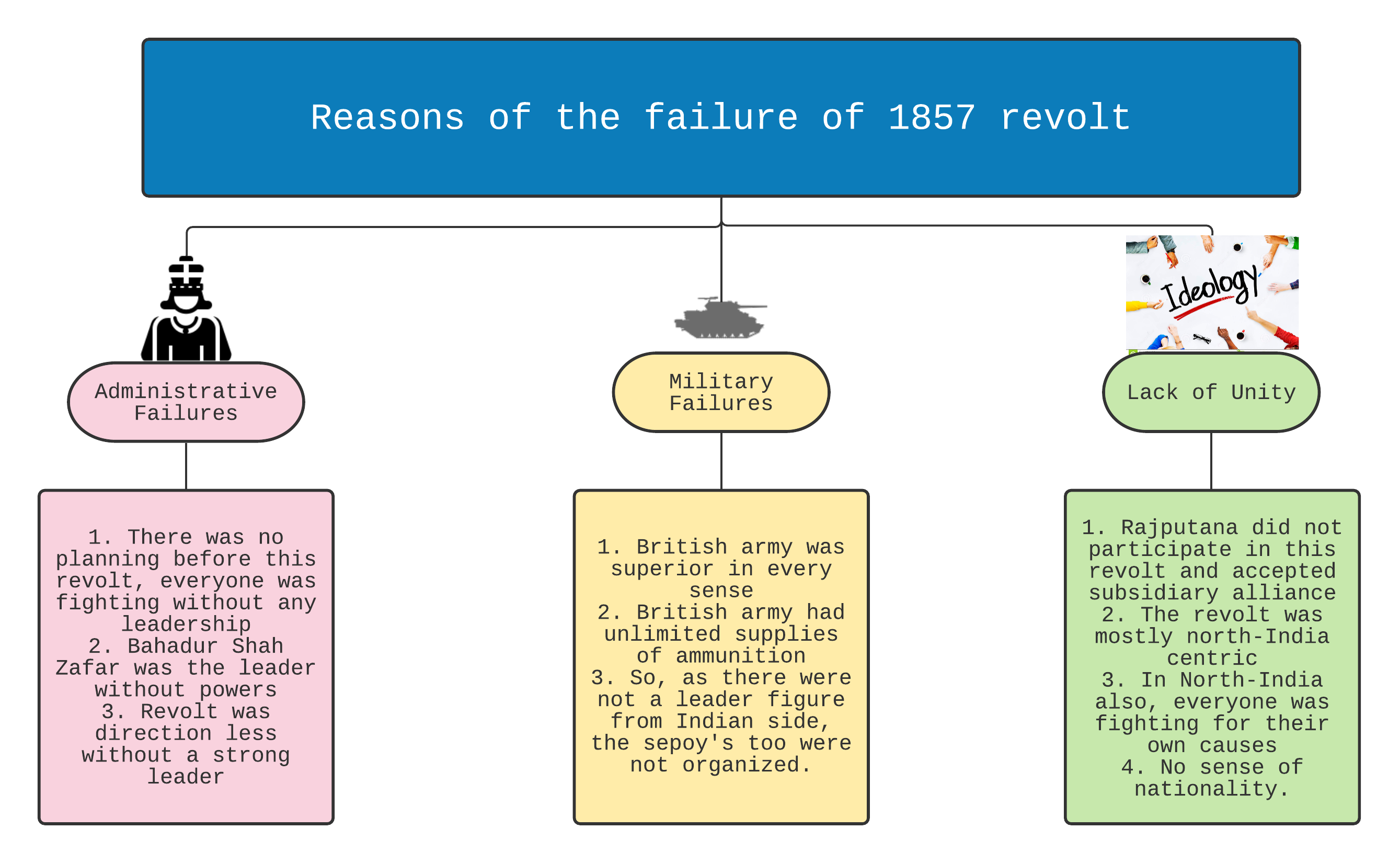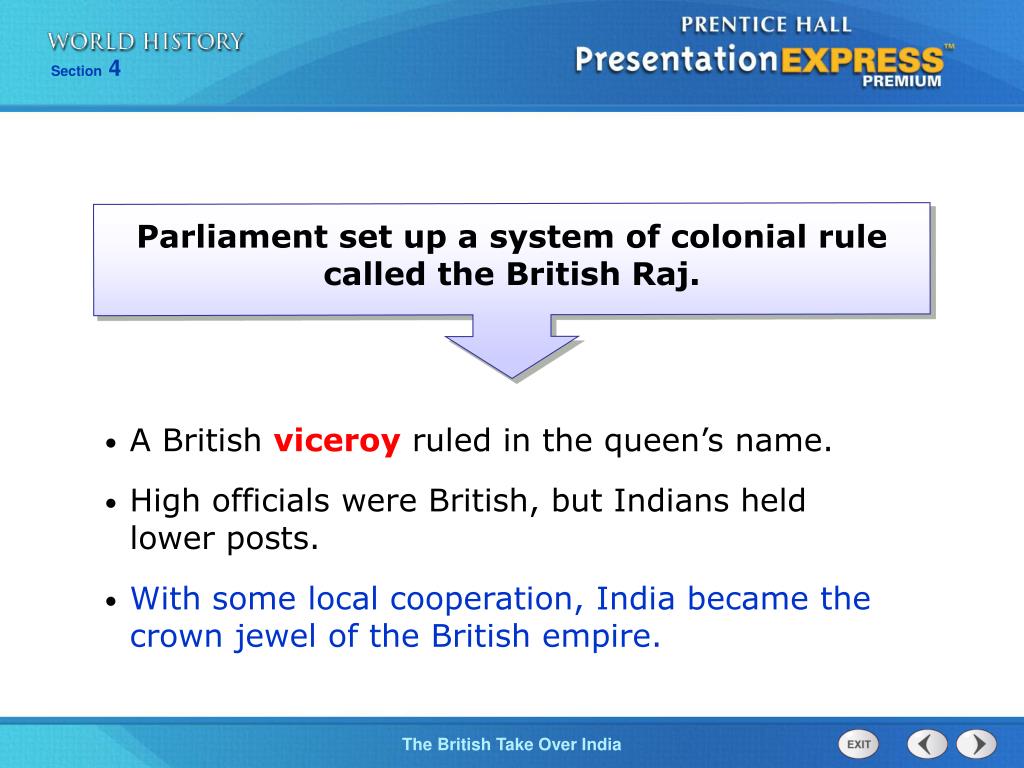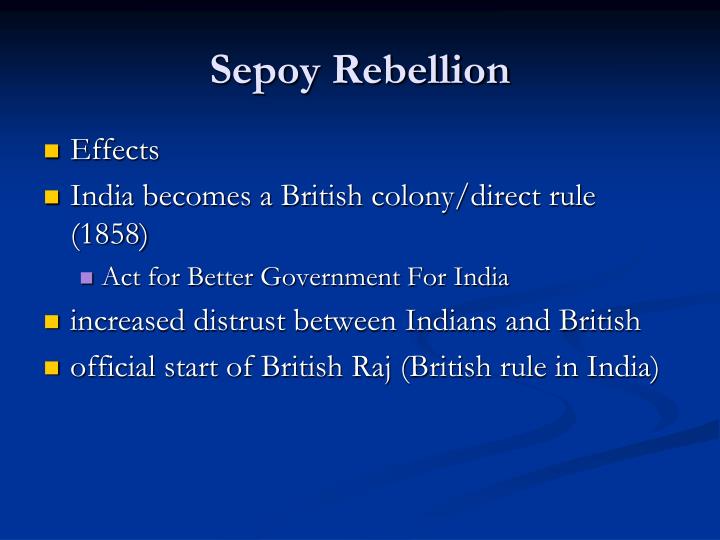
The narrative in this chapter might have provided additional social, cultural, or political groundwork to help explain why rebels did not find much support in Bombay and Madras Presidencies or in the regions of Punjab and Bengal within the Bengal Presidency without this groundwork, the story of the extinguishing of the rebellion in Chapter Two sometimes appears as though the battles were fought entirely by white troops reallocated from elsewhere in the Company’s Indian territories or shipped in from Europe. Frey also rightly dwells on the aggressive exercise of annexation and retrenchments in the 1850s under the Governor-General Lord Dalhousie as one of the reasons Indians outside the army took up the rebellion, particularly in the regions of Awadh and the Ganga-Yamuna watershed. By doing so, Frey adeptly addresses the issues-fear of losing one’s caste or religion-that captured mutineers most frequently cited as the causes of their action, while also addressing the many underlying causes of rebellion among Company soldiers, including stagnation of real wages, declining status, and the spatial and temporal lengthening of deployments.

The narrative is at its best in Chapter One, in which Frey lays out the warp threads of caste and religion, as Indians understood them in the eighteenth and early nineteenth centuries, through which political actors large and small wove the weft of regime change that produced a fabric of colonialism in patches of direct and indirect rule. The combination of a narrative with edited primary sources suggests that the book is meant to be used in a teaching context rather than as a direct contribution to the historical debates on the subject of the rebellion however, certain aspects of the book’s production may limit the number or type of classrooms in which it can be effective.įrey’s narrative conveys a great deal of information efficiently and offers carefully considered analysis. The table of contents lists thirty-four documents, though in fact several of these are different sections of the same work: for example, Documents 1, 5, and 19 are all selections from the 1873 translation of Syed Ahmad Khan’s Causes of the Indian Revolt (1858).
#Sepoy mutiny causes and effects series
James Frey’s book, like others in the series, consists of a moderate-length narrative, slightly over half of the book’s total length, and a series of primary-source documents selected and edited by the author. So perhaps it should come as little surprise that Hackett Publishing Company, having published in 2017 Ian Barrow’s volume on the history of the East India Company, should follow it with a volume on this key moment in India’s modern history. It has also taken a place of privilege in many histories of modern India, as the moment when Parliament replaced early colonial rule under the British East India Company with “Crown” rule, overseen directly by the British metropolitan government.

The rebellion in northern and central India, beginning in 1857, has been the object of countless published works, several of them published even before July 8, 1859, when the Government of India officially declared India to be at peace.
#Sepoy mutiny causes and effects pdf




 0 kommentar(er)
0 kommentar(er)
